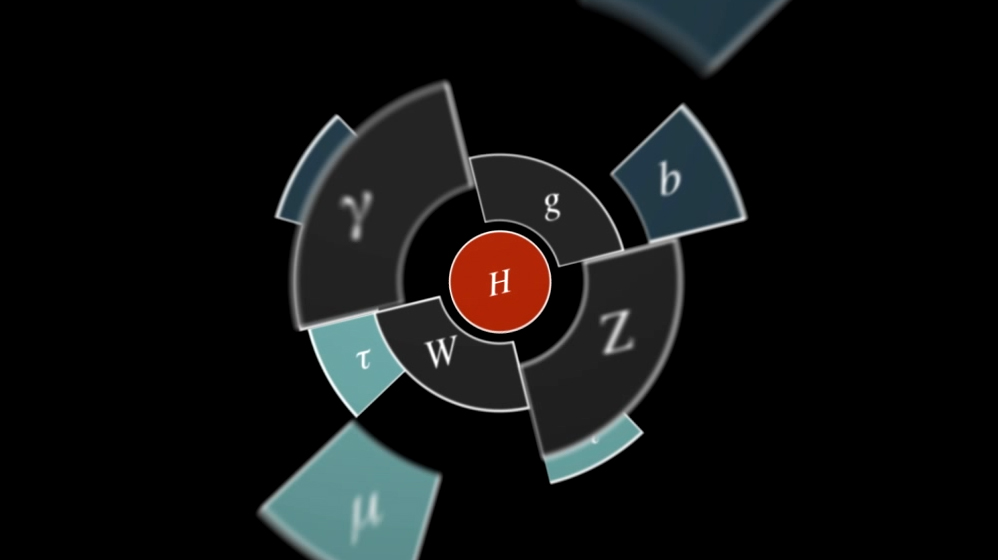The Universe Is Not a Snowflake
“What we like most,” the physicist and writer Alan Lightman said earlier this month at the World Science Festival in New York City, “is mostly symmetry, with a little asymmetry mixed in.”
Citing the art historian Ernst Gombrich’s theory of aesthetics, Lightman said we tend to seek the space between boredom and confusion: “If everything is perfectly symmetric, and this is including a work of art, we find it boring. … On the other hand, if everything is random, with no symmetry at all, we’re confused. And so you want to sort of navigate between boredom on the one hand and confusion on the other.”
Gombrich’s theory is one of the best explanations I’ve heard for what physicists mean when they say the equations governing the universe are “beautiful” — a description that can seem baffling or even pretentious and alienating to nonscientists. What they mean is that the laws of nature strike an aesthetically appealing balance between symmetry and asymmetry. On the one hand, physicists have discovered over the last century-plus that the fundamental equations are shaped by symmetries — ways that their variables can be changed without affecting their solutions — and these symmetries make the equations simple enough to understand. But physicists have also observed that many of the underlying symmetries are broken in our universe. And it’s this symmetry-breaking that makes particles distinct from one another, causes forces to become stronger or weaker at different scales, and in general makes the universe rich and interesting.
David Gross, who participated in the World Science Festival panel “Beyond Beauty: The Predictive Power of Symmetry” along with fellow physicists Robbert Dijkgraaf, Maria Spiropulu and Lightman, said that if it weren’t for symmetry-breaking, “the world would be incredibly boring. In every microscope, you’d just see the same thing over and over again.”
Note: The Simons Foundation provides funding for the World Science Festival.




